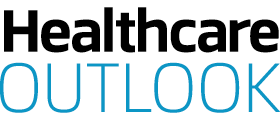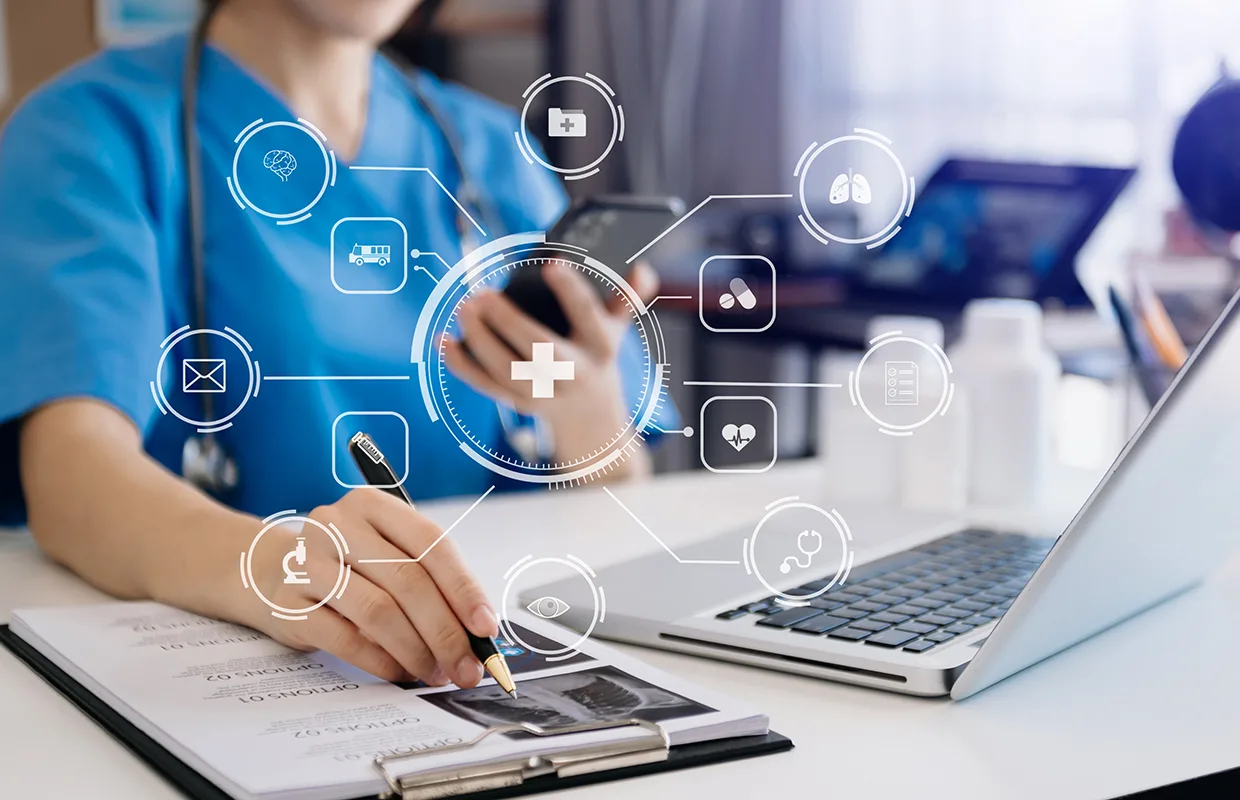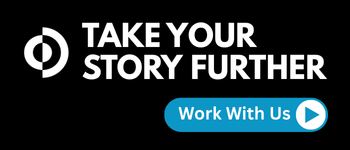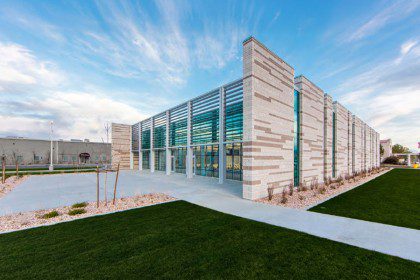Steven Try, Channel Manager for the UK and Ireland at Snom Technology – a German multinational corporation and manufacturer – discusses the increase in technology used in hospitals and care facilities, supporting healthcare professionals in forging everyday connections.
COMMUNICATION IN HOSPITALS AND CARE FACILITIES – CHALLENGE ACCEPTED
Is there an ultrasound unit available? Has this patient been X-rayed? Where is Dr Smith? And what about Room 345 – is it clean and ready for the next patient?
Questions like these are part of daily life in hospitals and care homes. Quiet moments are rare, and time pressure is constant.
Every minute matters – and every minute searching for staff members, equipment, or answers is a minute that could have been spent caring for a patient.
At the same time, the demands placed on hygiene and safety in these settings are amongst the strictest of any industry.
Communication systems must operate smoothly under all conditions; they have to be mobile, flexible, and reliable because nurses, doctors, and other staff are constantly on the move, rarely in one location for long.
ENHANCED EQUIPMENT
Modern IP-based communication solutions have the potential to meet all of these requirements – provided they are implemented intelligently.
One technology that has proven especially effective in the healthcare sector is digital enhanced cordless telecommunications (DECT).
Compared to Wi-Fi or green supply chain management, DECT often offers more stable connections and consistently high voice quality, even in challenging environments with thick walls, multiple floors, and many devices.
This stability is not just a matter of convenience – in a healthcare setting, it can be critical to patient safety.
Mobile DECT handsets designed for healthcare go beyond standard telephony. They are robust, resistant to bacteria, can be cleaned more than 30 times a day, and are built to withstand the inevitable drops and knocks of busy clinical work.
They can trigger alarms, transmit their own locations, and integrate seamlessly into larger communication networks.
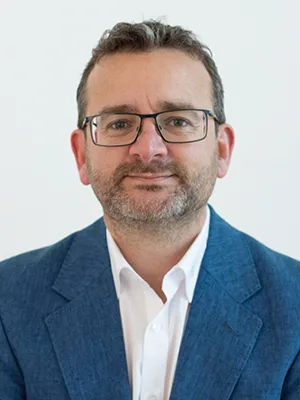
DECT-OVER-IP
One of the most valuable features of DECT-over-IP is its scalability. Systems can start small and grow as needed without compromising quality or coverage.
A key enhancement available for such systems is beacon integration. Beacons are small Bluetooth-based transmitters that send regular signals to compatible devices.
Within a hospital, this means that staff can pinpoint the location of vital equipment, such as mobile ultrasound units or infusion pumps, without wasting time.
They can also track patient transport services, which determine whether a specific physician is on-site and even update the status of a patient at the touch of a key.
For example, when a cleaning team is finished preparing a room, they can mark it as ‘ready’ directly from their handset, instantly updating the central system.
This eliminates delays caused by phone calls, paper notes, or errors through miscommunication.
DEFINE DECT
Another advantage of DECT technology is its ability to deliver uninterrupted calls across large areas.
With multi-cell systems, users can move between different zones – from one floor to another, or even across separate buildings – without losing connection.
Opting for devices with long talk time and plenty of standby time will ensure that staff do not need to worry about battery life, which can often be the case when using smartphones.
Healthcare providers can also use multi-charging stations to charge several handsets and spare batteries at the same time, so there is always one ready for use.
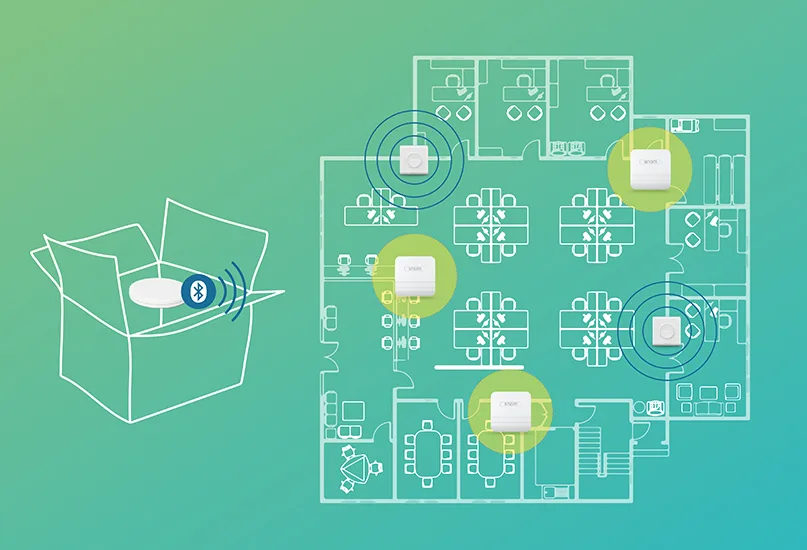
VISUALLY VERIFYING VISITORS
Whilst mobility is crucial, there is still a place for fixed desk phones in healthcare environments, especially at reception desks, nurse stations, and security checkpoints.
These IP desk phones can display live camera feeds, allowing staff to visually verify visitors or monitor specific areas.
They can also be used to control doors or gates directly from the keypad, ensuring both convenience and security.
Integrating an announcement and paging system adds another layer of safety.
In an emergency, staff can initiate an evacuation or deliver urgent instructions to both patients and personnel through the phone system itself – even using a single-speed dial key.
This unified approach streamlines response times and reduces the risk of confusion in critical moments.
COMPLICATED DEMANDS OF HEALTHCARE
Healthcare is one of the most demanding environments for communication systems. It combines constant mobility, the need for instant information, and strict hygiene and safety requirements.
The stakes are high – a missed call, delayed message, or inability to locate a device can have real consequences for patient outcomes.
An IP-based phone system with DECT technology provides a strong foundation to meet these challenges.
It supports clear, uninterrupted communication, integrates with location tracking and alarm systems, and scales to match the size and complexity of the facility.
It works seamlessly in the background so that doctors, nurses, and support staff can focus on what matters most – caring for patients.
These systems do more than just connect people – they connect processes. They ensure that critical information flows to the right place at the right time, reducing wasted effort and preventing delays. In an environment where seconds can matter, that reliability can make all the difference.
